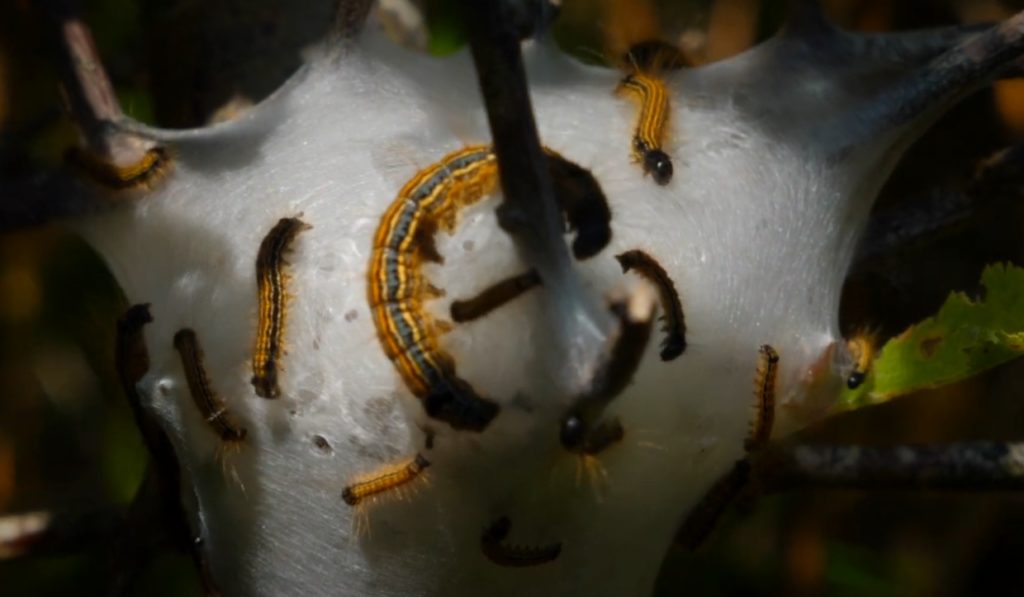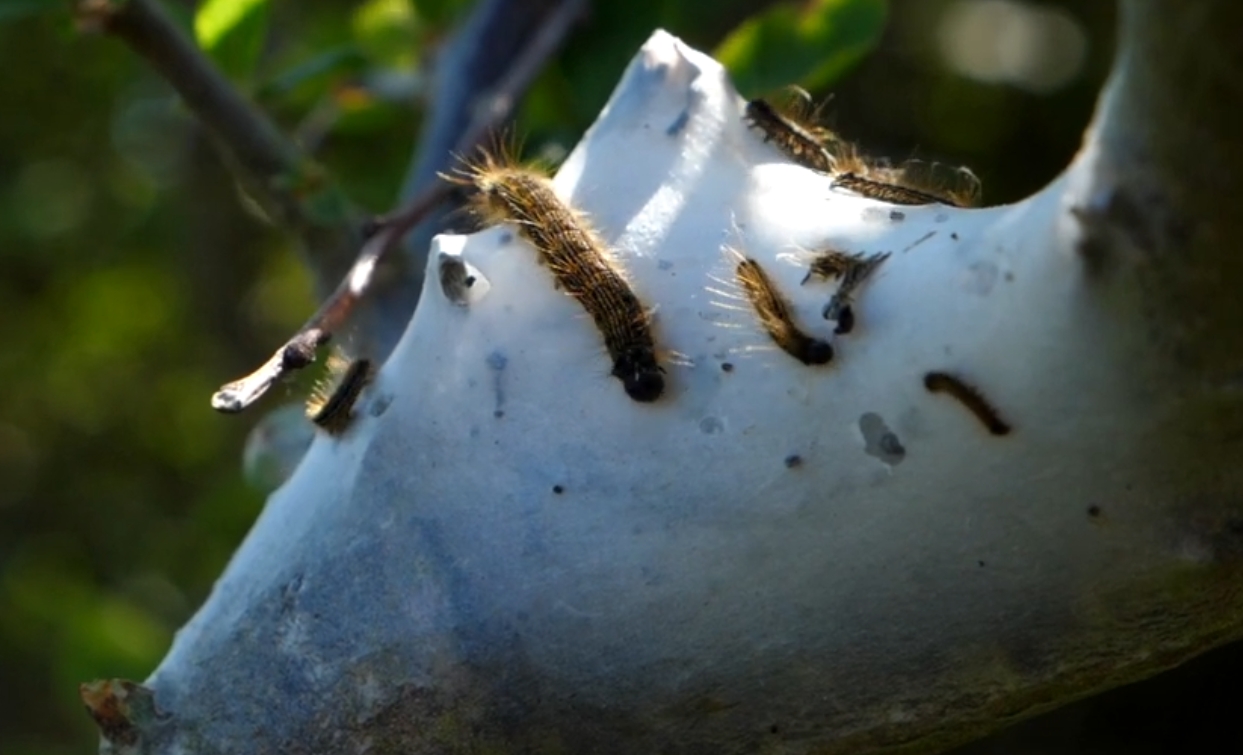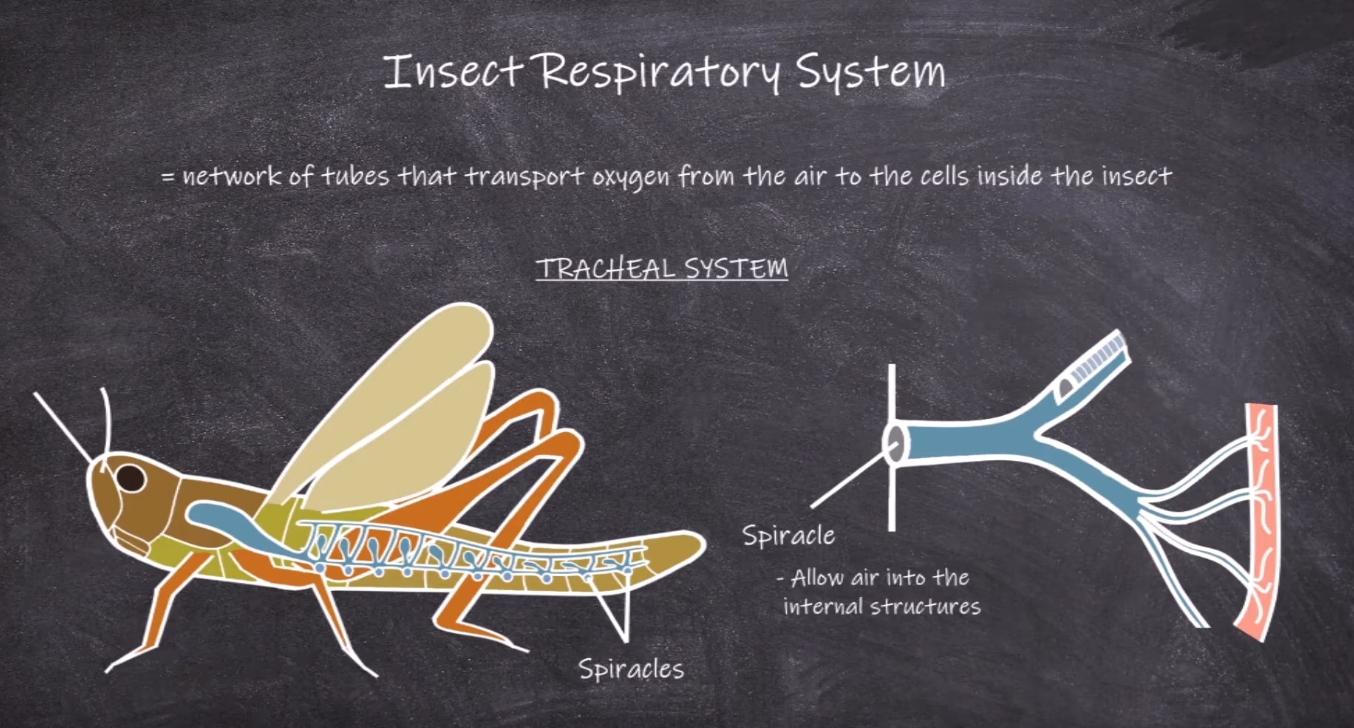Tent caterpillars – ever heard of these tiny critters? What comes to mind when you hear the phrase “black caterpillar with orange spikes”? Probably something out of a sci-fi movie, right? Well, let’s bring you back to reality. These critters, also known as tent caterpillars, are actually quite common. They’re the larvae of several moth and butterfly species, and while they’re fascinating to some, they can be quite a nuisance to others. Why? Let’s dive in.
Scattered across the United States and Canada, these caterpillars can multiply at astonishing rates, decimating large numbers of deciduous trees and shrubs within a blink. A stroll through neglected orchards or alongside roadside trees, and you may spot their large, unsightly webs or ‘tents’. These homes offer them protection from predators and harsh weather. While their damage may be unsightly, it rarely threatens the lives of trees.
There are four species commonly discussed:
| Species | Identification | Location | Size | Colour | Food Source |
|---|---|---|---|---|---|
| Eastern Tent Caterpillar (Malacosoma americanum) | A white stripe down the center of their backs | East of the Rockies and north into southern Canada | 2 inches long | Black | Cherry, apple and crabapple, shade trees |
| Western Tent Caterpillar (Malacosoma californicum) | Blue spots on their backs, with orange spots in between | Northern and western portions of the U.S. and adjoining Canada | 2 inches long | Yellowish-brown | Willow, poplar, cottonwood, birch, apple, plum, cherry, roses, and oak |
| Forest Tent Caterpillar (Malacosoma disstria) | Keyhole-shaped white spots running down their back | Throughout the U.S. and Canada | 2 inches long | Similar to M. americanum | Wild cherry, aspen, maple, oak, and hawthorn |
| Fall Webworm (Hyphantria cunea) | Long hairs and vary in color | Across North America and Mexico | 1 inch long | From yellow to green, with a black stripe on the back and a yellow stripe on each side | Over 85 species of trees |

What do Tent Caterpillars Eat
Contents
Get ready for a feast of facts as we dive into the world of the Tent Caterpillar’s diet with the following comparison table:
| Tent Caterpillar Species | Preferred Trees and Shrubs | Fun Fact |
|---|---|---|
| Eastern Tent Caterpillars | Wild cherry, apple, crabapple, ash, birch, blackgum, redgum, willow, witch-hazel, maple, oak, poplar, peach, and plum | They have a particular liking for wild cherry. |
| Forest Tent Caterpillars | Aspen, birch, elm, maple, and oak | Unlike their Eastern relatives, they have a penchant for hardwoods, particularly aspen. |
| Fall Webworms | Apple, cherry, hickory, oak, and walnut | While their menu overlaps with the others, they do have a sweet tooth for fruit trees, especially apple. |

Life Cycle
The life cycle of a tent caterpillar is an engaging dance of survival and transformation. It all starts with an egg, surviving winter’s frost, snugly wrapped around the branches of trees. Isn’t it amazing how these tiny beings endure harsh winter months, hidden in plain sight?
| Life Stage | Description | Duration |
|---|---|---|
| Egg | Brownish-gray clusters wrapped around twigs. | Survives the winter. |
| Larvae (Caterpillars) | Social creatures constructing silken tents. Feeds during the day and leaves a silk trail. Grows up to 2 inches long. | Several weeks. |
| Pupa | Caterpillars develop into pupa within silken cocoons, hidden on tree trunks, fences, or leaf litter. | About two weeks. |
| Adult Moths | Moths emerge, lay eggs for the next generation, and the cycle starts again. | Cycle repeats annually. |
Can you envision this captivating transformation? The grand finale of this journey is a veritable parade of thousands of caterpillars marching to their pupating locations. A natural spectacle, don’t you think?
However, as fascinating as it might be, you may find yourself pondering: How do we manage these caterpillar conclaves? Let’s tackle it step by step:
- Manual Removal: Dispose of egg masses and protective tents before the larvae start feeding. It’s like taking the wind out of their sails before they even start their journey.
- Tree Barriers: Sticky Tree Bands or Tree Tanglefoot Pest Barrier are like having bouncers for your trees, blocking caterpillar access to their feeding grounds.
- Biological Warfare: Use Bacillus thuringiensis (Bt-kurstaki), a bacterium that acts as a soldier against all kinds of inchworms. Or consider Spinosad, derived from fermentation, approved for organic use and a key ingredient in Monterey Garden Insect Spray.
- Natural Repellents: AzaMax contains azadirachtin, found in neem oil, which disrupts the pests’ growth and repels them, all while being a good neighbor to honey bees and other beneficial insects.
- Botanical Insecticides: If you’ve tried everything, turn to these fast-acting, plant-derived insecticides that decompose quickly in the environment, minimizing side effects.
Remember, the natural world has its own control mechanisms too. Over 80 species of predators and parasites are natural adversaries of tent caterpillars. So, while we seek to protect our green spaces, we should be mindful of preserving these beneficial organisms.
FAQs
Are tent moth caterpillars poisonous?
No, tent moth caterpillars are not poisonous to humans. They do, however, have hairs that can cause irritation to the skin in some individuals.
Should I destroy tent caterpillars?
If tent caterpillars are causing significant damage to your trees or plants, you may consider controlling their population. Remember, it’s crucial to strike a balance between controlling the pest and preserving beneficial species.
What do tent caterpillars do?
Tent caterpillars are mostly known for their feeding habits. They feed on the leaves of a variety of deciduous trees and shrubs, often defoliating them. They are also known for constructing “tents” or silken mats for protection.
What do tent caterpillars turn into?
Tent caterpillars metamorphose into moths, not butterflies. The adult moths lay eggs, and the cycle continues.
Can I touch a tent caterpillar?
While you can touch a tent caterpillar, it’s not recommended. They are covered in tiny hairs that can cause irritation to the skin in some individuals.
What animal eats tent caterpillars?
Many animals feast on tent caterpillars, including various bird species, bats, rodents, certain insects, and spiders. Even some parasitic wasps lay their eggs in tent caterpillars.
Do tent caterpillars turn into butterflies?
No, tent caterpillars metamorphose into moths. The specific species of moth varies depending on the species of tent caterpillar.
Do tent caterpillars lay eggs?
Yes, adult female moths lay egg masses on tree branches. These eggs overwinter and hatch in the spring, starting a new generation of tent caterpillars.
What do the tent caterpillars eat?
Tent caterpillars primarily eat the leaves of deciduous trees and shrubs. The specific plants consumed can vary depending on the species of tent caterpillar.
Are tent caterpillars beneficial?
While tent caterpillars may be seen as pests due to their defoliating habits, they are part of the food chain and serve as a food source for various animals. They also aid in decomposition and nutrient cycling by excreting nutrients back into the soil.
Can chickens eat tent caterpillars?
Yes, chickens can safely eat tent caterpillars. In fact, they are known to be quite fond of them!
Can you keep tent caterpillars as pets?
Tent caterpillars can be kept as temporary pets for educational purposes. However, they require a diet of fresh leaves from their host plant and need to be kept in a suitable environment to thrive. They also have a relatively short lifespan, as they soon metamorphose into moths.

